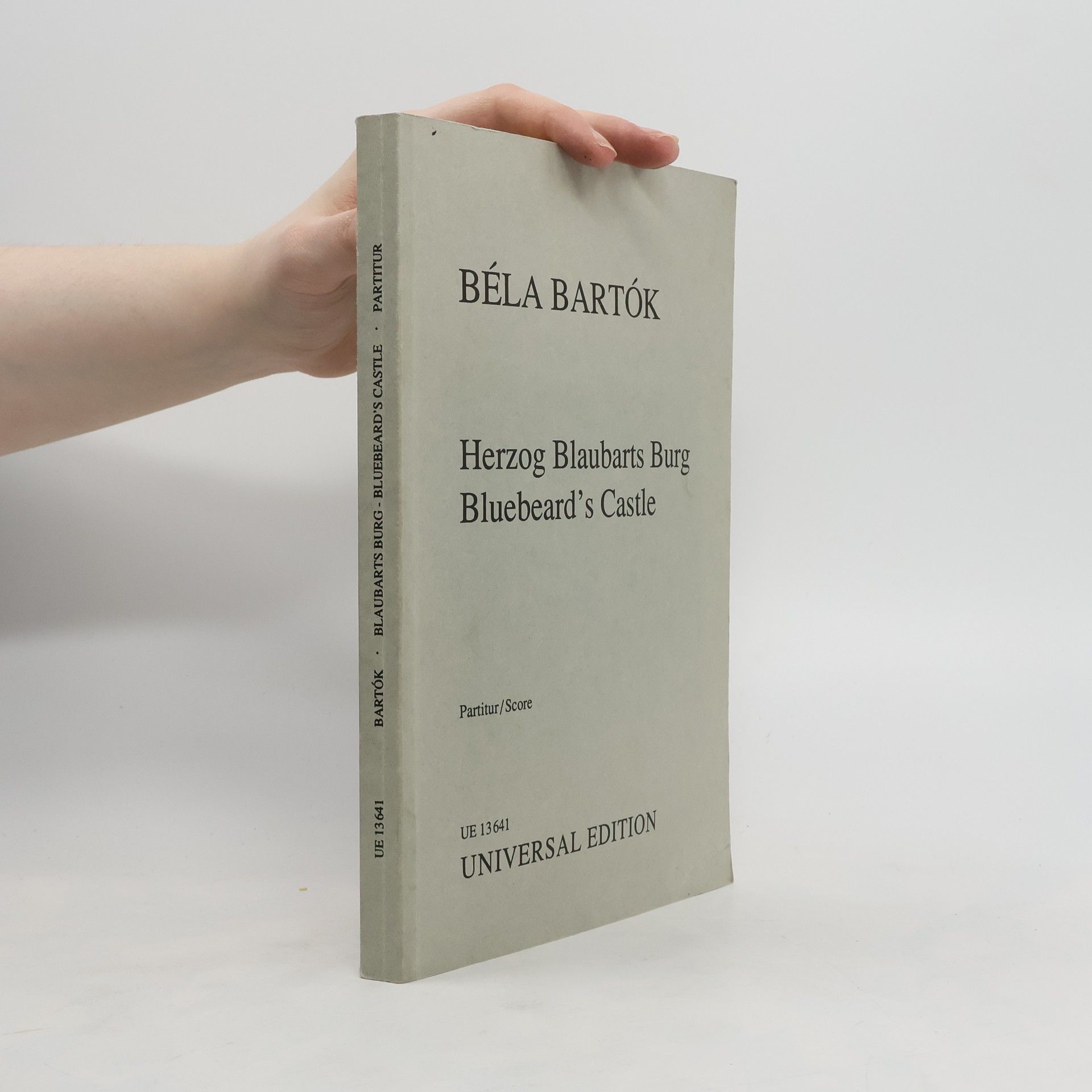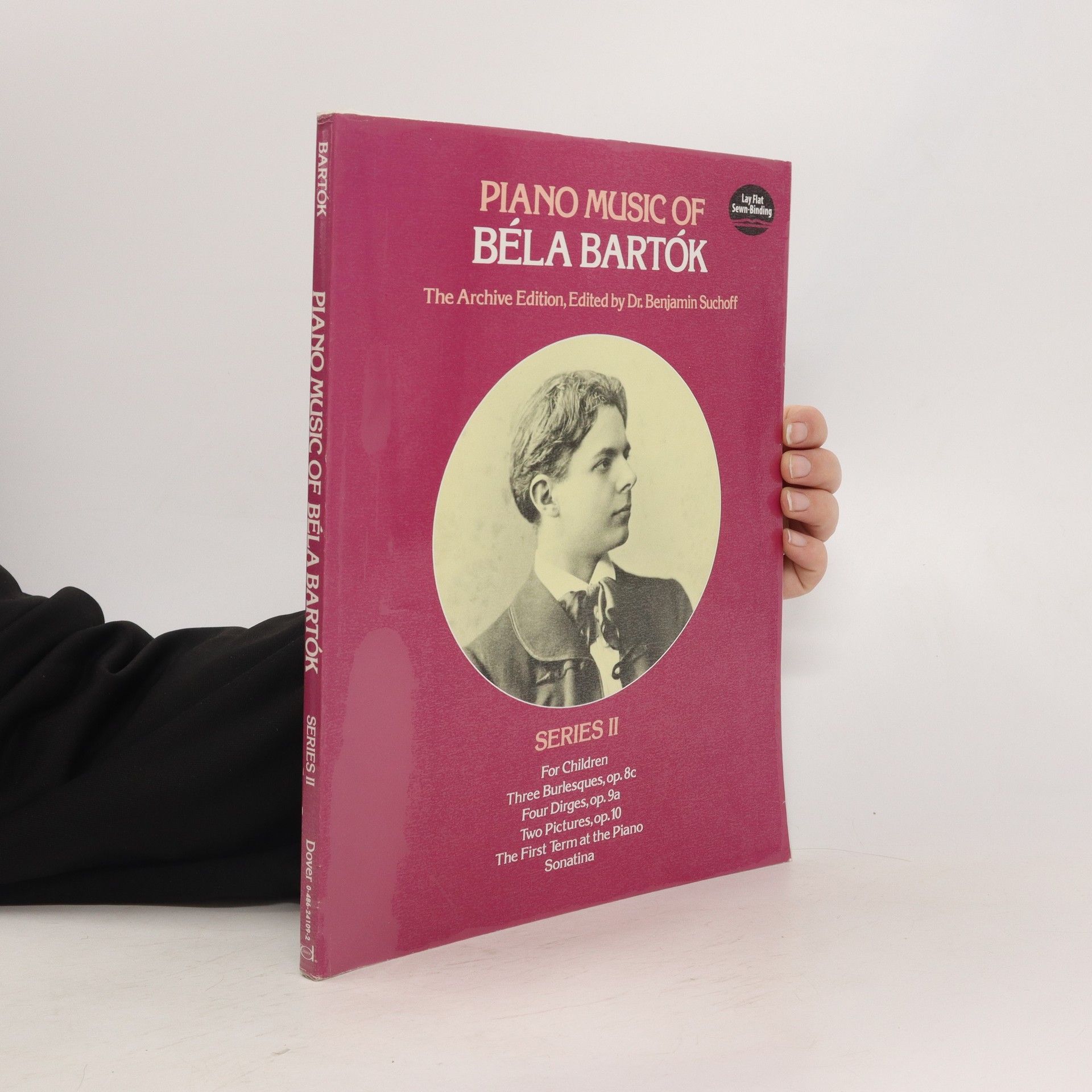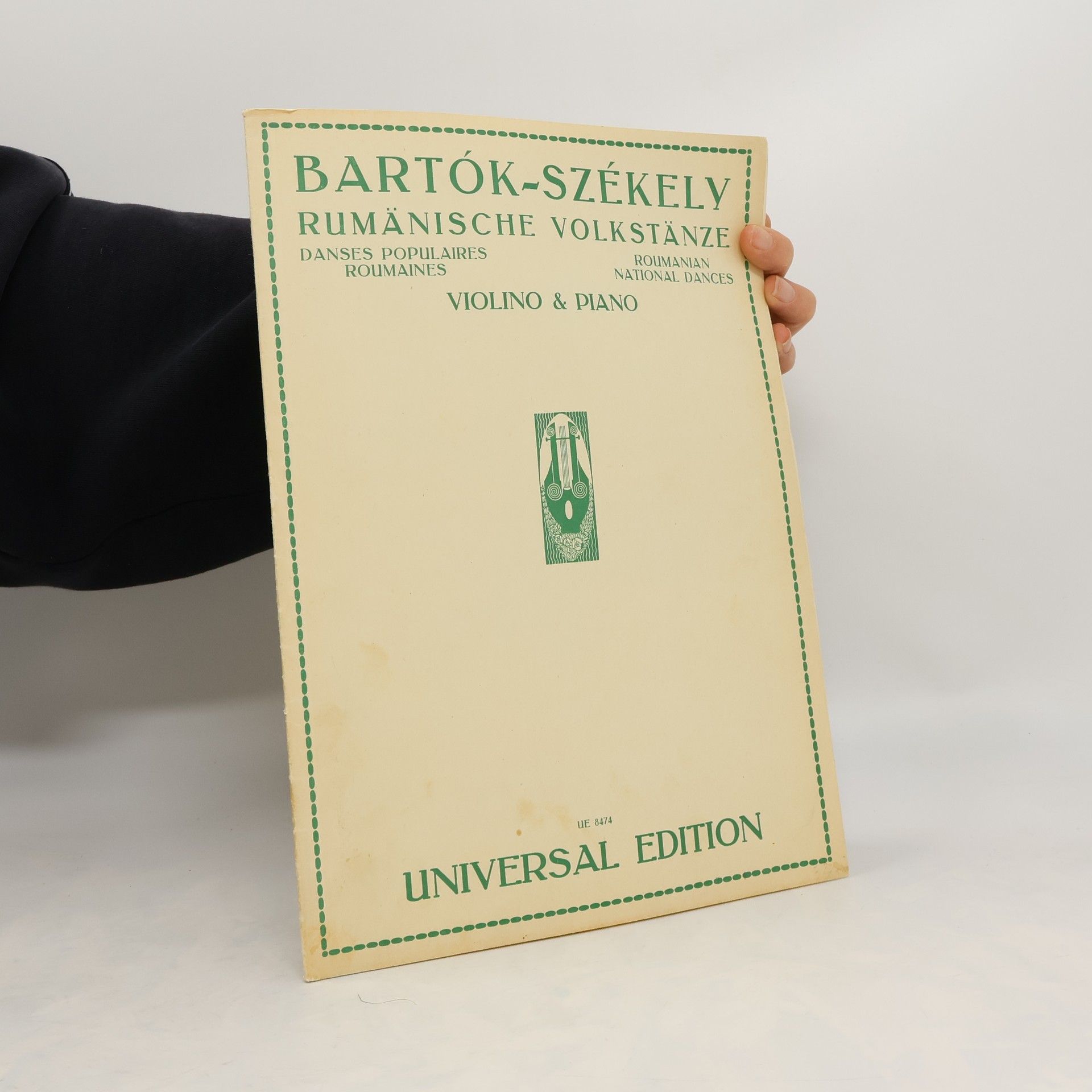Bartók-Székely Rumänische Volkstänze. Danses populaires roumaines. Roumanian National Dances. Violino & Piano
Werke für Violine und Klavier
Béla Bartók, compositeur et pianiste hongrois, fut un pionnier de l'ethnomusicologie, étudiant et intégrant avec passion d'anciennes mélodies folkloriques magyares dans ses propres compositions. Sa musique est profondément influencée par ces traditions populaires, ainsi que par les œuvres de Richard Strauss, Claude Debussy et Johannes Brahms. Le travail de Bartók, souvent en collaboration avec son ami de toujours Zoltán Kodály, explore la richesse et la complexité de la musique traditionnelle, la transformant en un langage compositionnel unique et intemporel. Son héritage réside dans son approche innovante de la fusion des sons traditionnels avec les formes musicales modernes.







Werke für Violine und Klavier
Piano solo. Vol. 1
Second in the Archive Edition incorporating composer's corrections, emphasizing Bartok's lifelong work both with East European folk music, and with music for children and student pianists. 85 short pieces: "For Children, " 2 Elegies, Sonatina, other folk-inspired keyboard work.
(Boosey & Hawkes Scores/Books). Hardbound
Partitur/Score
Band directors have been looking for this arrangement for years. Recently discovered in the LudwigMasters archives, this previously unpublished adaptation by Albert Oliver Davis was masterfully scored from Floyd Harris' piano accompaniment to the solo (published in LudwigMasters Competition Solo Series, Book 3) and can be used with any solo instrument.